Fresh Grow’s Mobile Racking Strategy Places Clones and Veg at the Center of Operations

Optimizing plant movement through the veg room is essential for maintaining an efficient and productive cultivation process. Everything your team does in the veg room will dictate how your plants thrive in flower up through harvest.
Fresh Grow, a national cannabis cultivation company, implemented Pipp Horticulture’s mobile vertical racking units to make sure their operations run efficiently. The company operates in Colorado, Delaware, and New Jersey, recently expanding with a 17,000-sq.-ft. facility in Delaware and a 60,000-sq.-ft. facility in New Jersey.
Steve Spradlin, National Director of Cultivation for Fresh Grow, shares insights into their innovative approaches and the tangible benefits they’ve seen.
So, how do you identify that ideal site for your facility?
As Pipp Cannabis Operations Specialist Anders Peterson said in a recent webinar, it helps to move methodically through a checklist of sorts, covering utilities, structural support, climate considerations, and fire code compliance. Schedule meetings with all your stakeholders to confirm that your checklist aligns with local regulations and business goals.
Let’s get into it…
Veg Room Setup
The veg room sets thefoundation for plants’ growth cycle. While the fertigation room is literally in the center of Fresh Grow’s building, it’s the veg rooms that fan out from there and kickstart the process for plants moving through the facility.
Proper racking can significantly impact the efficiency of plant movement and overall workflow within a facility. Fresh Grow’s veg room in New Jersey utilizes a three-tier Pipp rack system for clones, mother plants, and all stages of production.
The team will soon build out a second veg room, both of which will tee plants up for their eventual 10 flower rooms.
This veg setup optimizes space and workflow, ensuring every square foot is used efficiently.
Step-by-Step Movement of Plants
Here’s how it works for Fresh Grow: The veg room runs six racks wide by nine racks deep.
Mother plants are located on the bottom rack at the back of the room. This strategic placement ensures that they are easily accessible for taking cuttings while being somewhat protected from the high-traffic areas at the front of the room.
Cuttings are taken from these mother plants to produce clones, which are then moved to the front of the room. This cyclical process ensures a steady supply of new plants, which is essential for maintaining production schedules.
Clones are placed on the lowest rack at the front of the veg room for easy access and initial care. This allows for frequent monitoring and adjustments as needed to ensure optimal growth conditions.
Clones are particularly sensitive to environmental changes, so ensuring stable humidity, temperature, and light conditions at this stage is critical. Pipp’s racking systems allow for precise environmental control with integrated lighting and airflow solutions. It’s a matter of balance, and Spradlin’s seen it all.
“I’ve seen five-tiered grows, two-tiered grows, and three-tiered grows, but with Pipp’s system, we’re able to maximize our canopy square footage efficiently,” Spradlin said. The key to avoiding microclimates is to keep the air moving across those three tiers in a “cyclonic” pattern. By maintaining consistent airflow, his team can move their plants right on time as they move further into their veg cycle.
Once ready, clones move to the next two tiers of Fresh Grow’s racking system for further growth.
Each tier corresponds to a specific growth stage, which requires careful monitoring and adjustments to environmental conditions. Plants in the initial veg stage require different environmental conditions than those in the cloning stage. Those veg plants will stick together as they disperse into separate flower rooms.
“That is where we’ve learned the most about the racks, is in veg,” Spradlin says. “I can tell you that for sure.” Other cultivation teams can use their veg rooms to dial in operational efficiencies that will improve distinct areas of the business, too.
Efficiency at Scale
It would be one thing if Spradlin and his team were setting up only their new facility in this way, but Fresh Grow has prioritized scale when it comes to these on-the-ground efficiencies.
SOPs translate from New Jersey to Delaware and back to Colorado. That’s a critical part of Fresh Grow’s multistate growth strategy. This uniformity extends to their nutrient lines, pruning schedules, and trellising events. By standardizing these procedures, Fresh Grow ensures their operations are efficient and scalable, regardless of location.
As an added bonus, it makes internal team transfers super easy. A Delaware employee recently moved to the Colorado location, and it was a seamless experience, Spradlin says.
On a more granular level, he’s seen the day-to-day benefits of mobile racking all over the facility. Cleaning protocol, for one, has improved markedly. Without proper sanitation SOPs, a cultivation facility is working from a serious disadvantage that may have costly ripple effects throughout production. A clean room is a profitable room, after all, and mobile racks make that part of the job much easier. It’s been a revelation, Spradlin says.
“I’ve worked with static racking forever, and being able to just move a rack to clean under it: Holy cow,” he says. “Instead of getting all your hands and knees in a vacuum to get up under there… That’s one of my favorite parts, is you can move it with one finger and you can clean under them.”
Conclusion
The integration of Pipp Horticulture’s mobile racking systems has revolutionized Fresh Grow’s cultivation process, boosting efficiency and scalability. By optimizing plant movement through the veg room, Fresh Grow ensures each growth stage is meticulously managed and monitored. The result? Greater efficiency throughout the facility. Spradlin says that his entire team can sense the improved workflows.
The strategic placement of mother plants and clones, coupled with precise environmental control, highlights the critical role of a well-structured veg room in maintaining production schedules.
The scalability of those relevant SOPs across multiple states has streamlined operations. Implementing uniform nutrient lines, pruning schedules, and trellising events ensures consistency in cultivation practices, no matter the location. This move boosts operational efficiency and supports their growth strategy as a multistate operator.
Moreover, the practical benefits of mobile racking systems, such as easier cleaning protocols, underscore the operational improvements achieved by Fresh Grow. The ability to move racks effortlessly for thorough cleaning has streamlined maintenance tasks, contributing to a cleaner, more productive growing environment.
As Spradlin emphasizes, the simplicity of mobile racking has been a game-changer for their cultivation facilities.



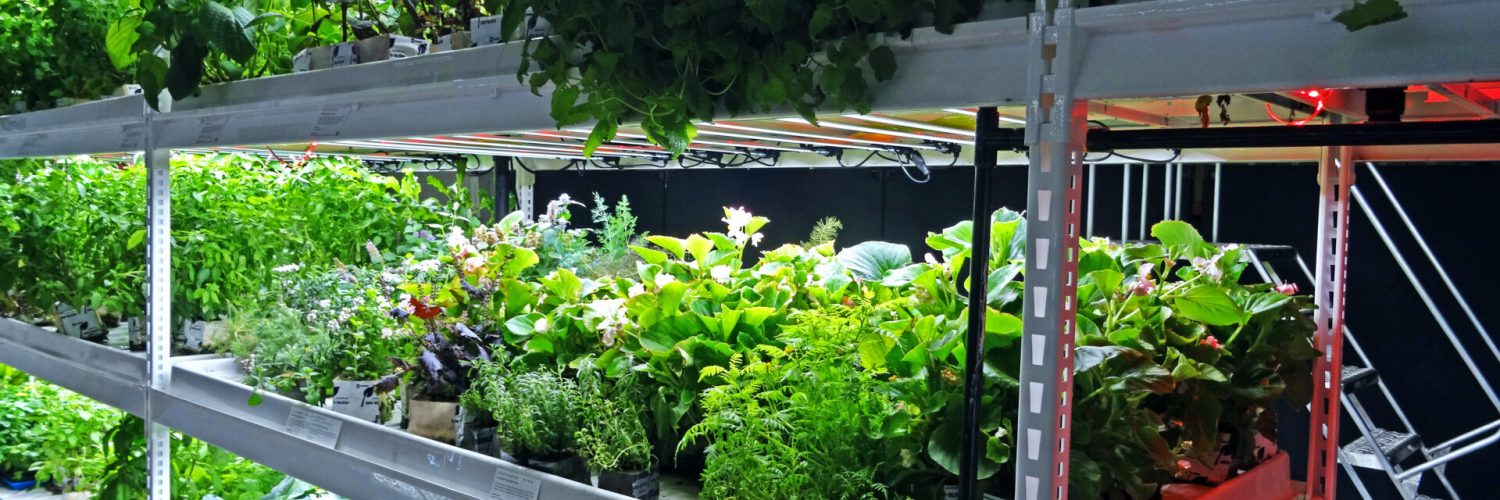
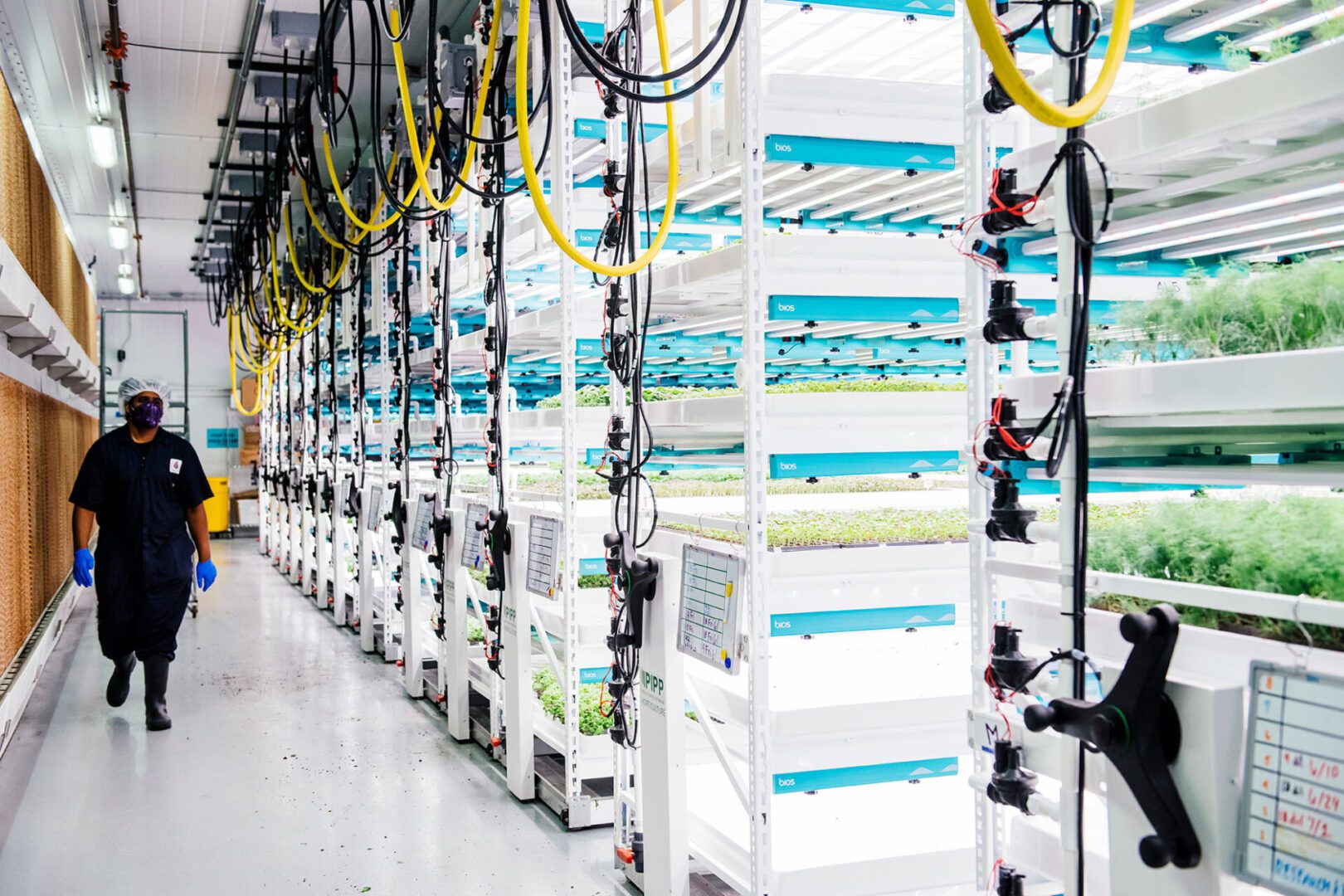
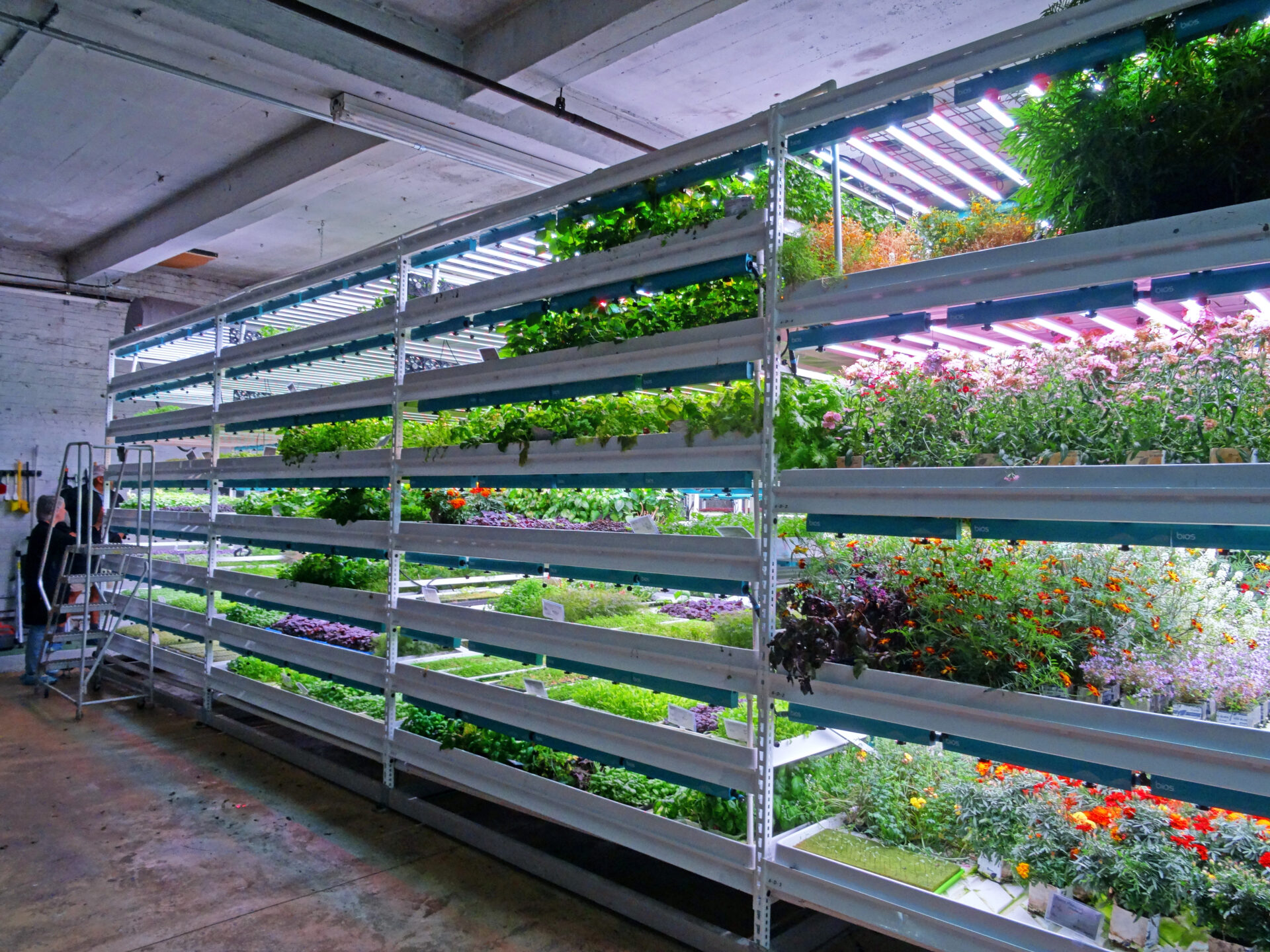
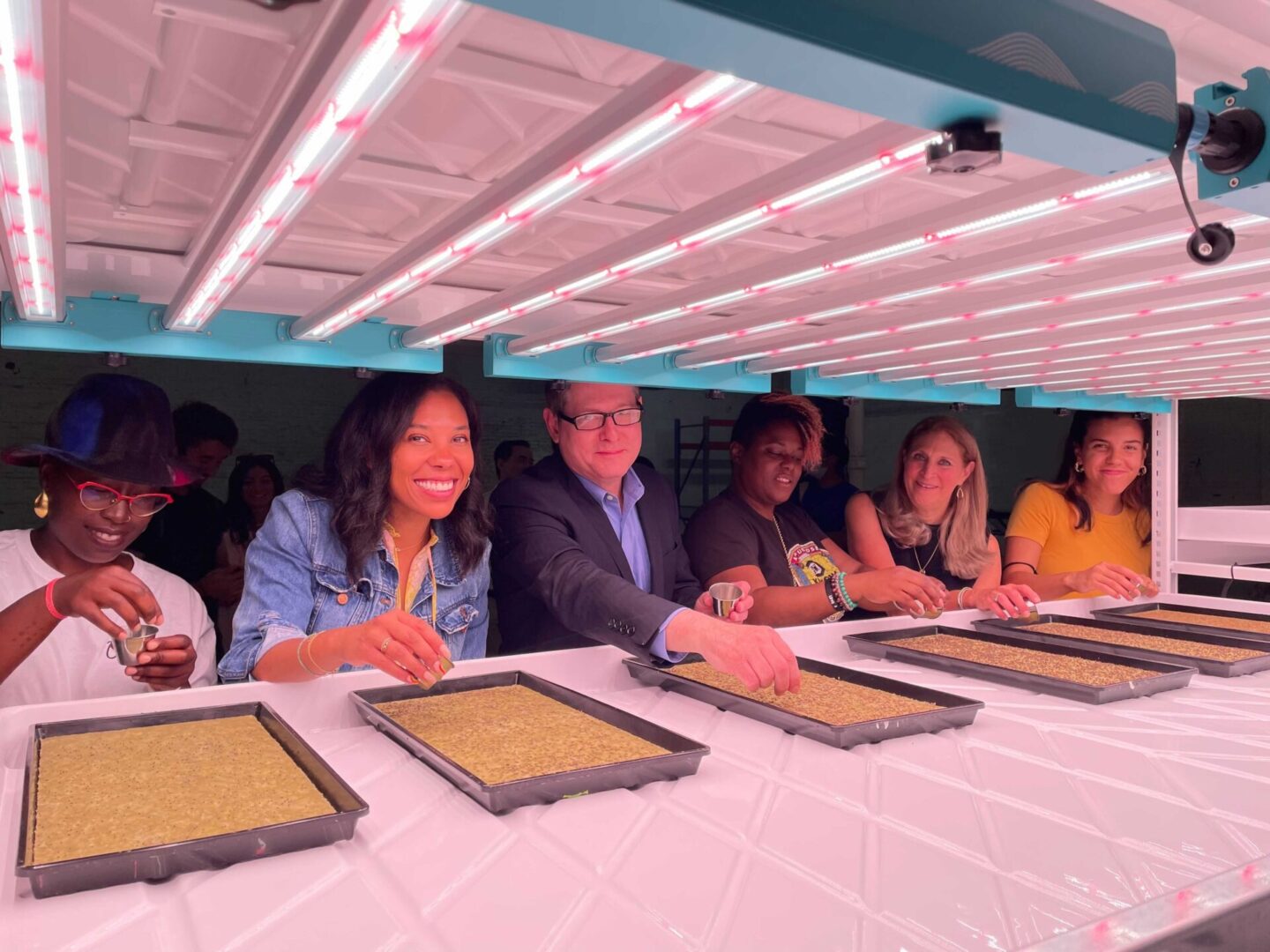
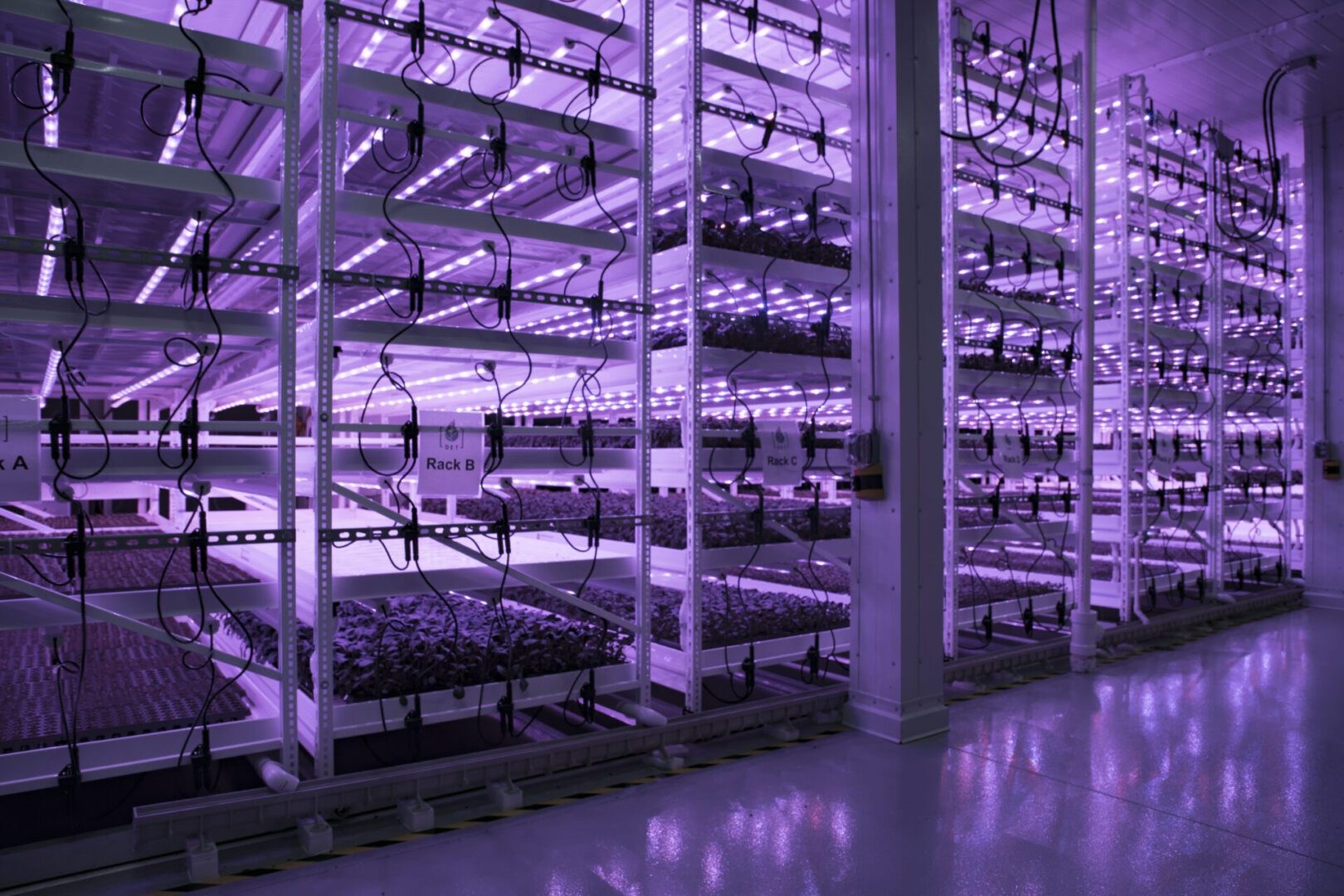


 Cultivators must account for various factors when designing a cannabis grow room, such as ease of access to plants, airflow, irrigation systems, and structural elements.
Cultivators must account for various factors when designing a cannabis grow room, such as ease of access to plants, airflow, irrigation systems, and structural elements. 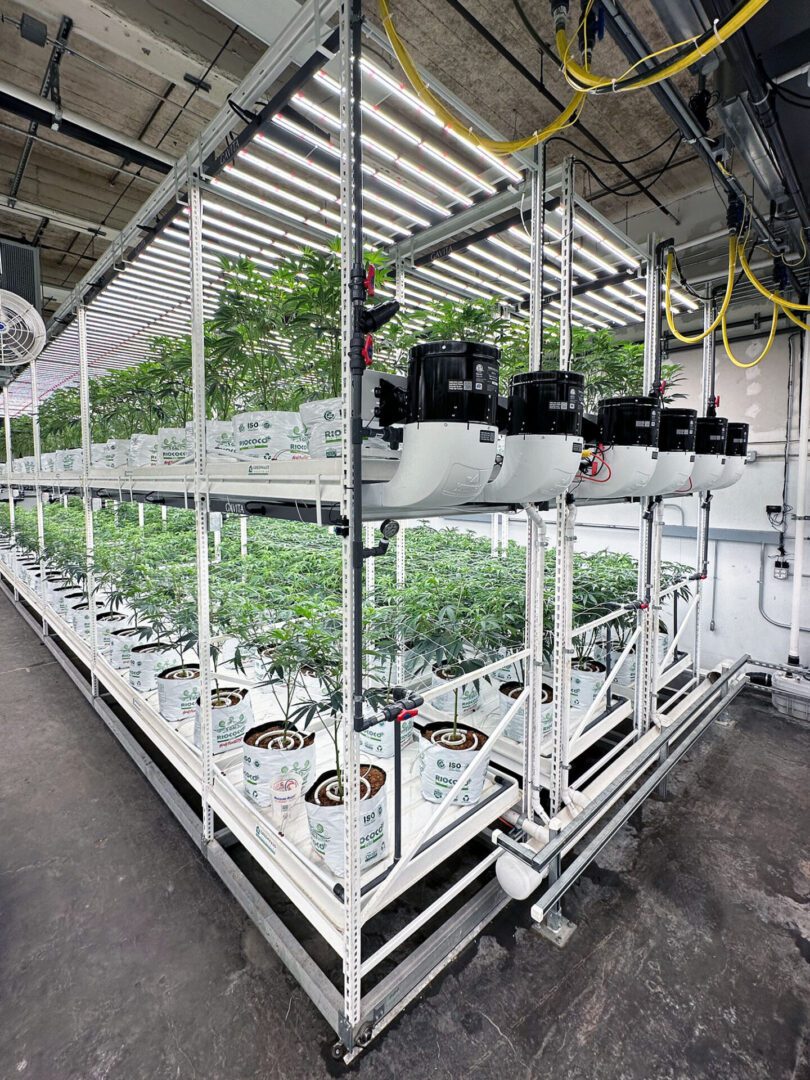 Multi-tiered systems are most commonly seen in veg rooms. In the beginning days of
Multi-tiered systems are most commonly seen in veg rooms. In the beginning days of 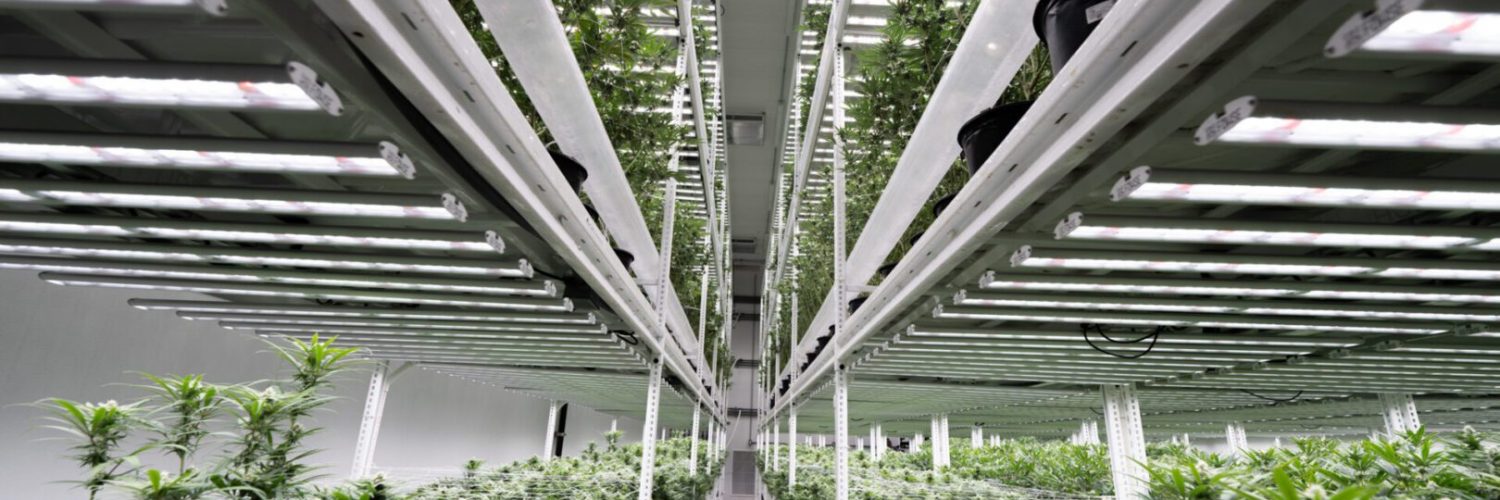

 My experience as both a cannabis grower and Director of Horticulture at Pipp Horticulture has led me to develop a nuanced understanding of the CEA landscape and how cannabis fits within it as the outlier. To appreciate this, we should first zoom out and define what we mean by CEA and indoor farming.
My experience as both a cannabis grower and Director of Horticulture at Pipp Horticulture has led me to develop a nuanced understanding of the CEA landscape and how cannabis fits within it as the outlier. To appreciate this, we should first zoom out and define what we mean by CEA and indoor farming.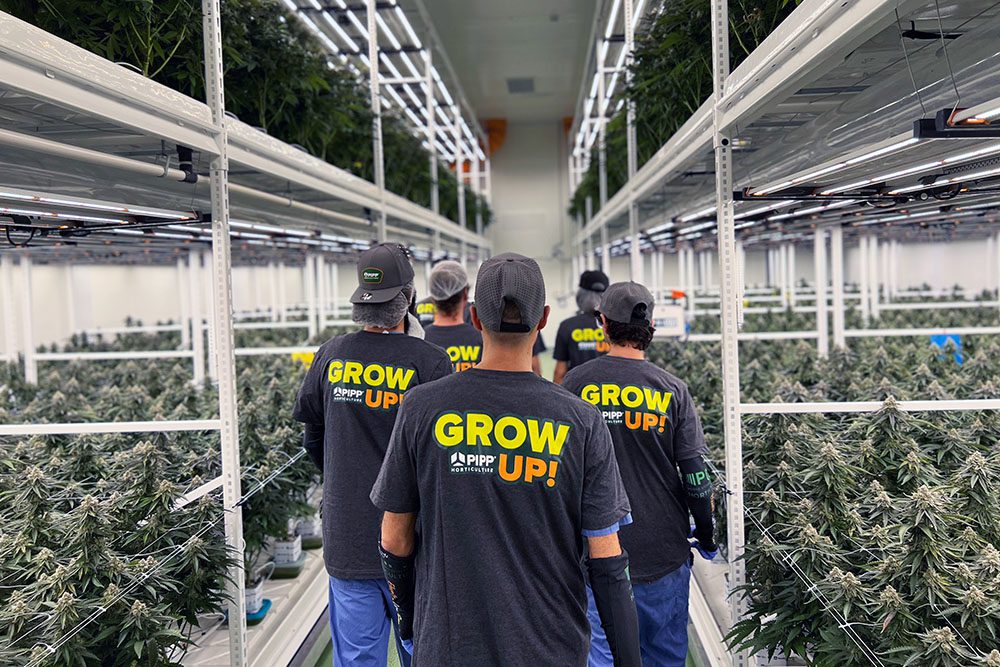 To be fair, few technologies were purposely designed to address the needs and realities of commercial indoor cannabis environments, and little knowledge was available about growing the plant at such scales. High-intensity discharge (HID) lights such as high-pressure sodium (HPS) fixtures were the industry standard. These systems emit significant amounts of heat, increasing cooling costs, and preventing growers from leveraging vertical racks to maximize the use of their floorspace. HVAC systems were not yet optimized for a cannabis grow’s latent load, either, leading to plant health issues and forcing growers to rely on multiple technologies to manage humidity.
To be fair, few technologies were purposely designed to address the needs and realities of commercial indoor cannabis environments, and little knowledge was available about growing the plant at such scales. High-intensity discharge (HID) lights such as high-pressure sodium (HPS) fixtures were the industry standard. These systems emit significant amounts of heat, increasing cooling costs, and preventing growers from leveraging vertical racks to maximize the use of their floorspace. HVAC systems were not yet optimized for a cannabis grow’s latent load, either, leading to plant health issues and forcing growers to rely on multiple technologies to manage humidity.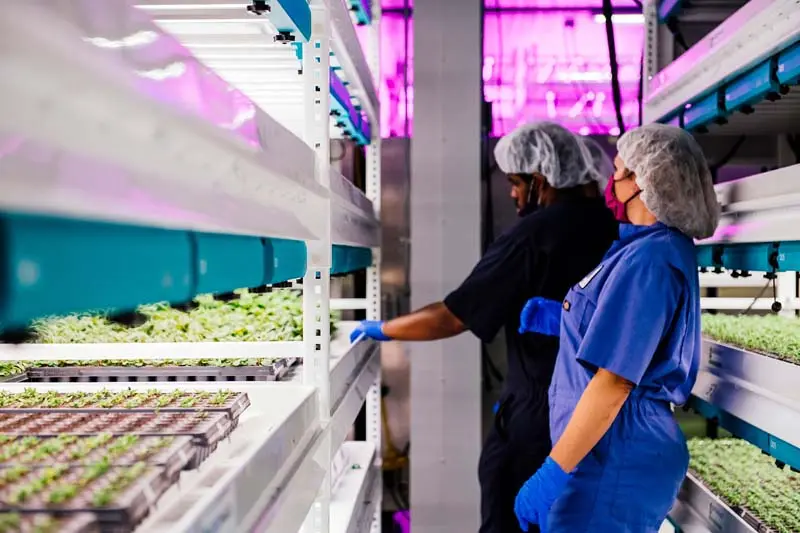 In my time with Pipp, I’ve had the opportunity to help design countless facilities. Thanks to that experience, I can confidently say that building a purpose-built facility from scratch is much easier than retrofitting a space designed for another industry. Something as simple as column placement and spacing can greatly reduce your ability to leverage mobile vertical racks, cause airflow issues, and make it more difficult for employees to work with crops.
In my time with Pipp, I’ve had the opportunity to help design countless facilities. Thanks to that experience, I can confidently say that building a purpose-built facility from scratch is much easier than retrofitting a space designed for another industry. Something as simple as column placement and spacing can greatly reduce your ability to leverage mobile vertical racks, cause airflow issues, and make it more difficult for employees to work with crops.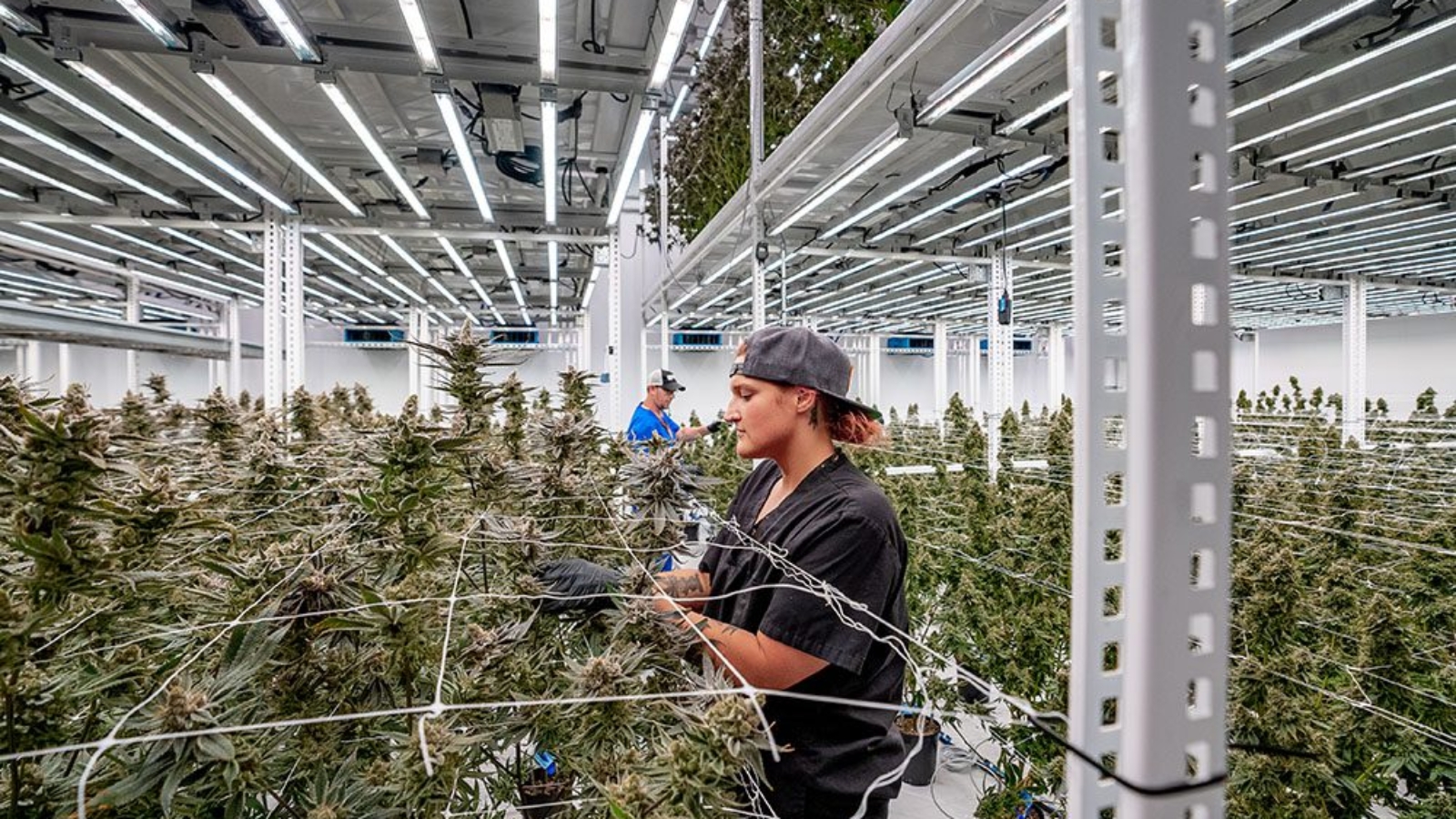
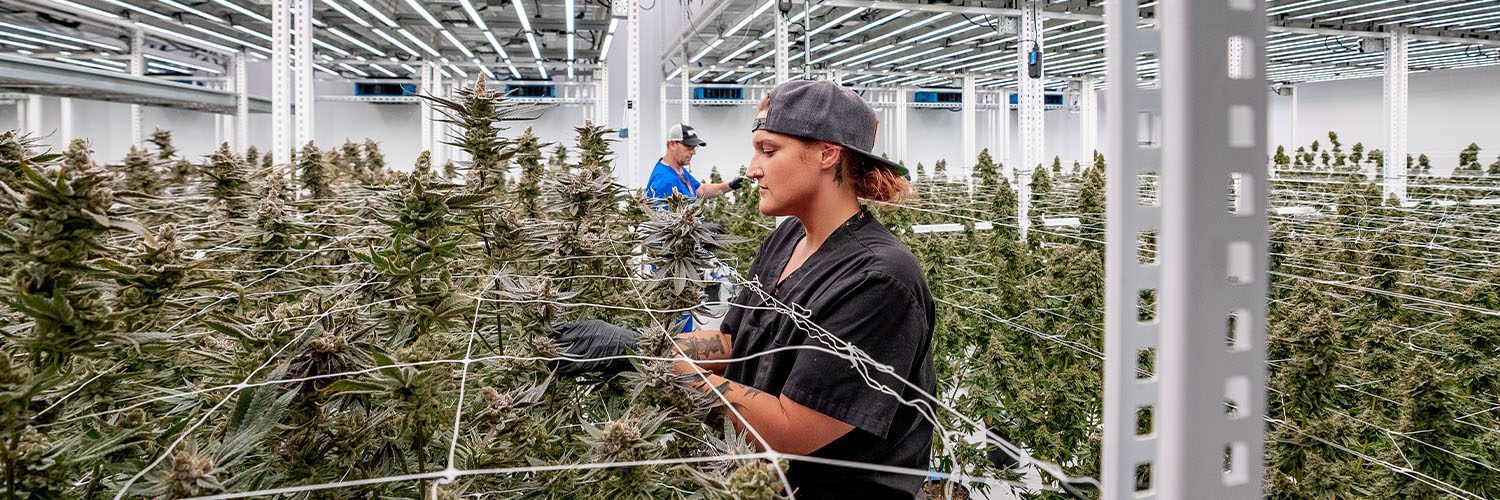



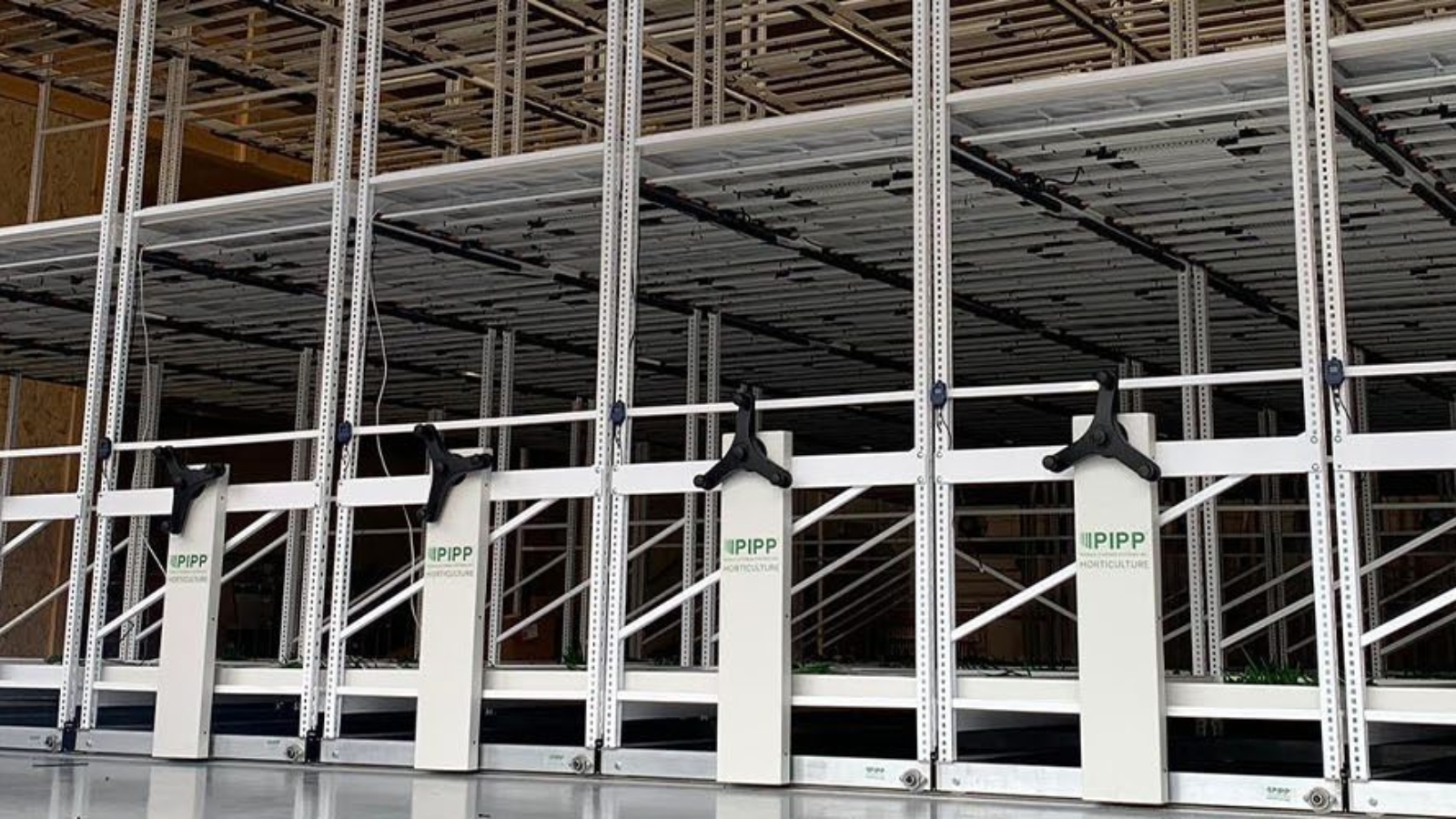
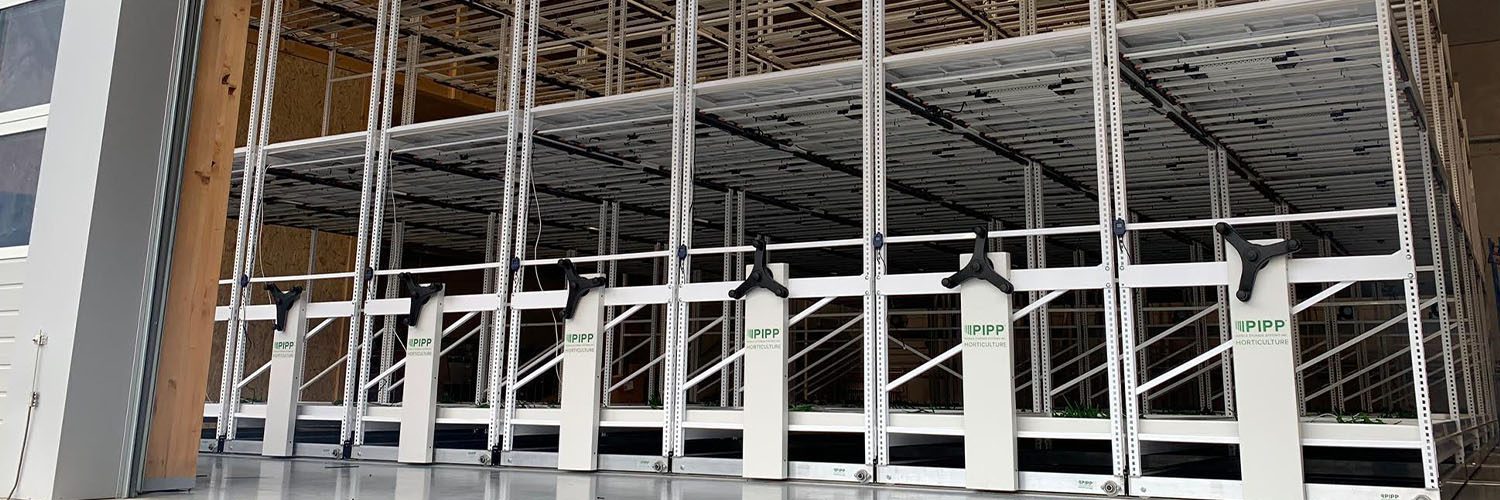

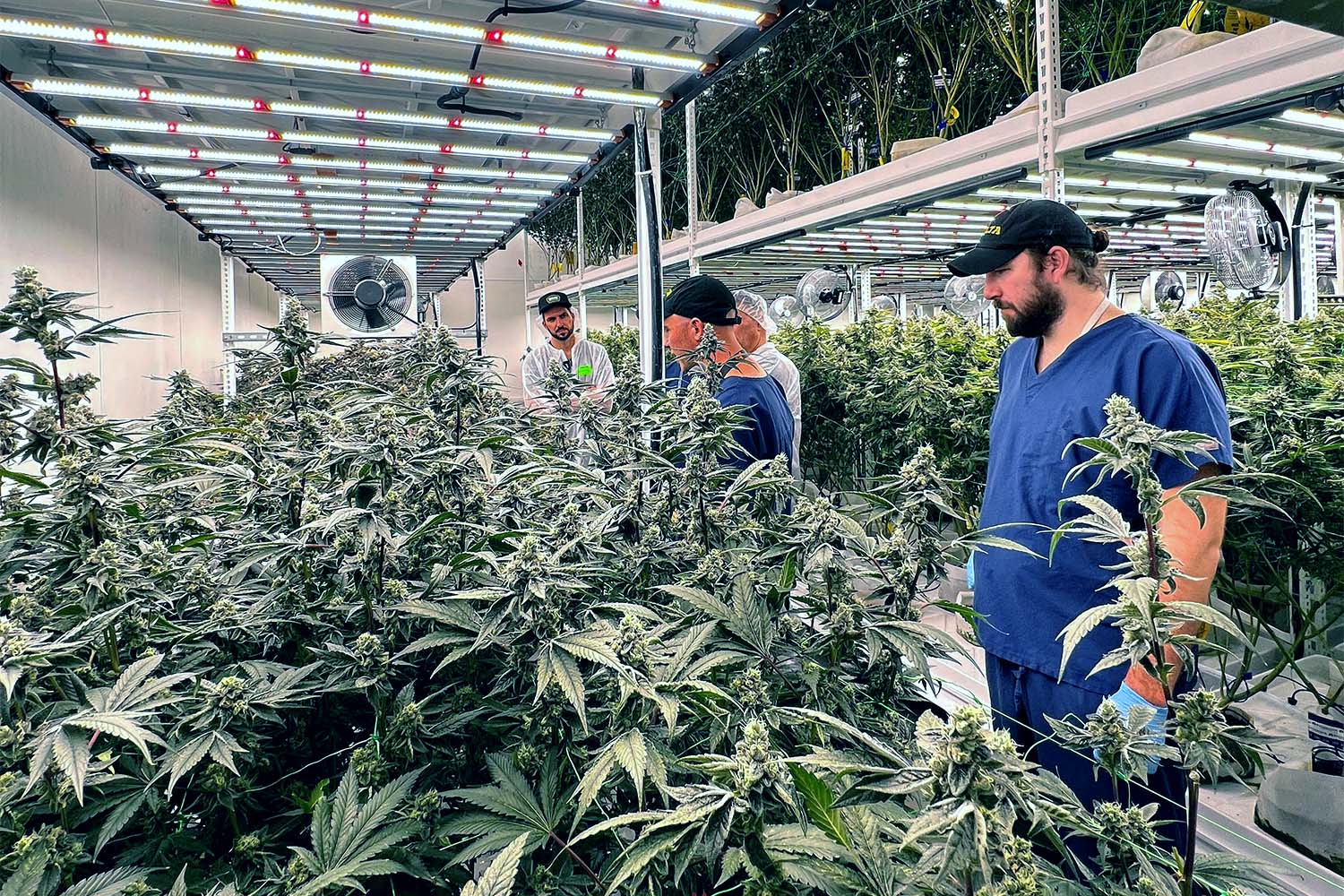
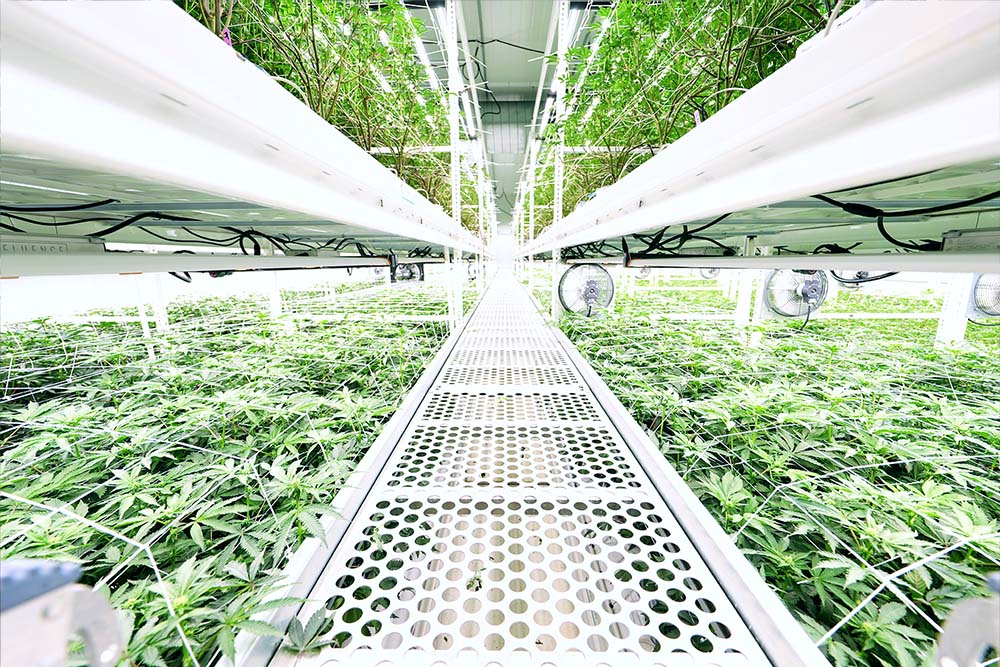
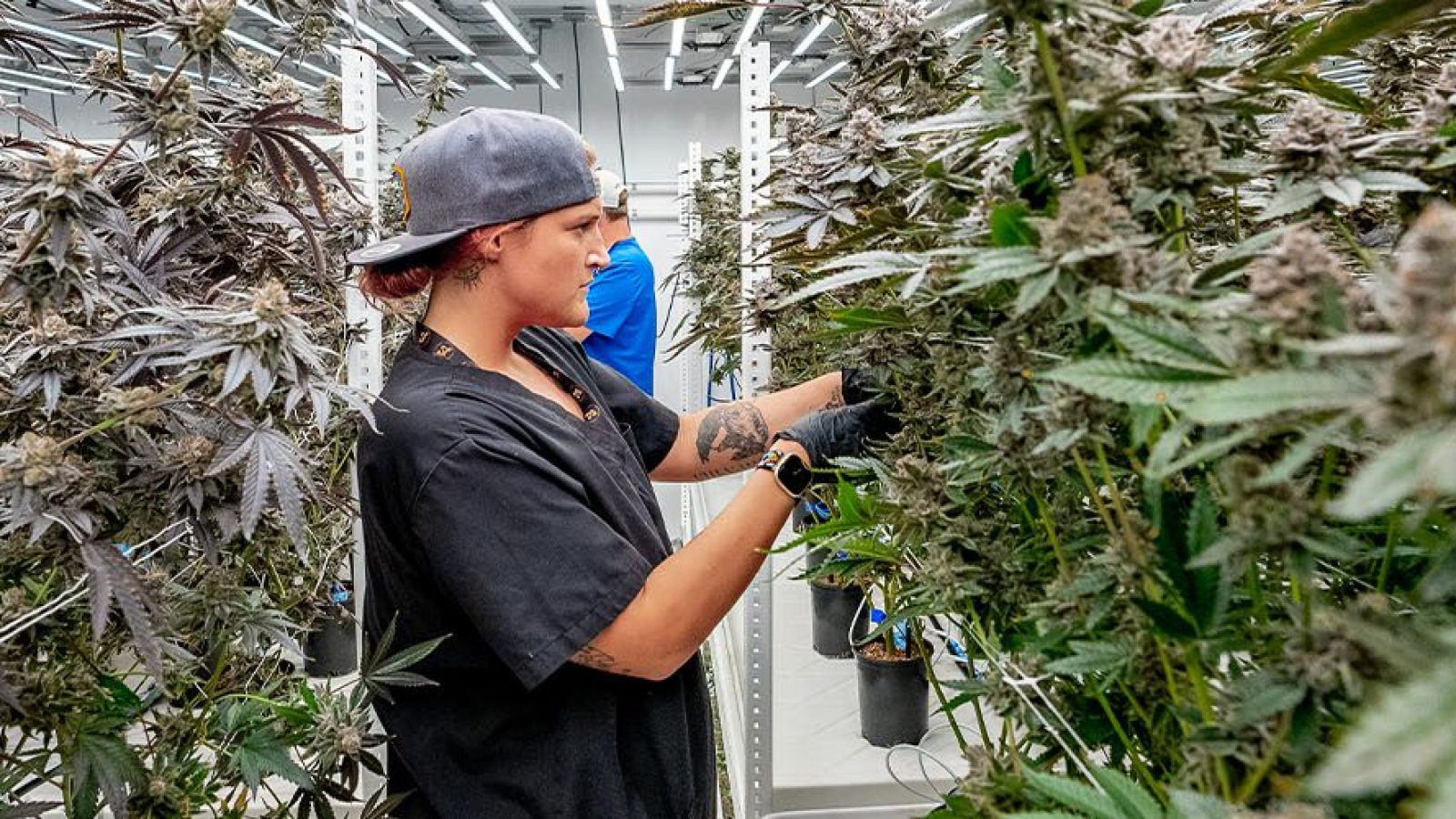
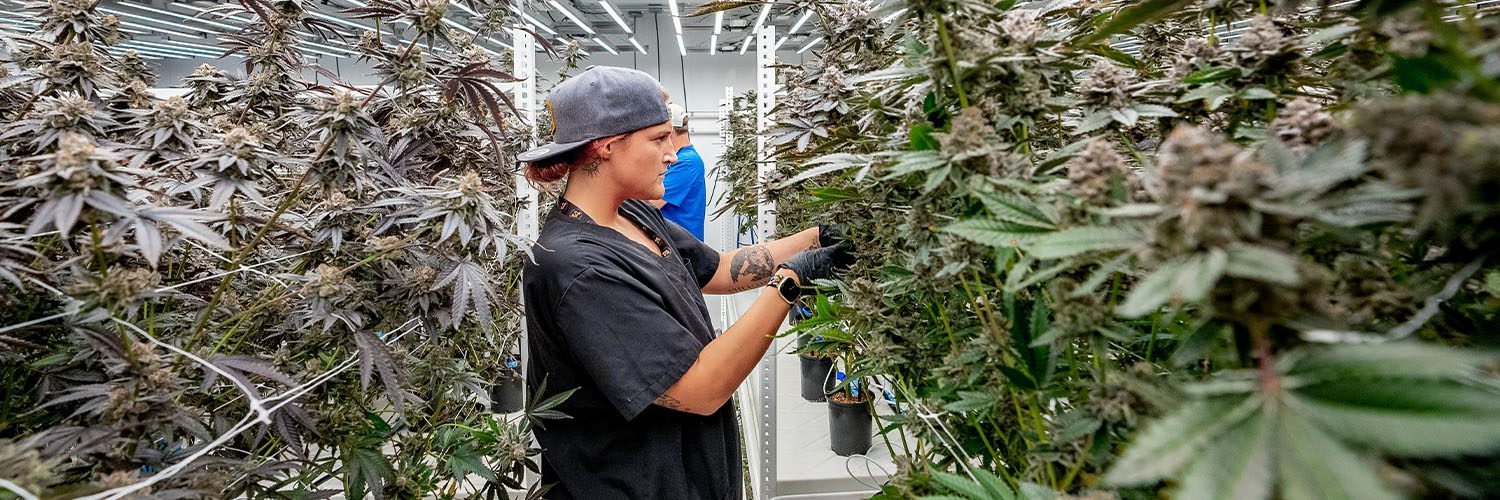
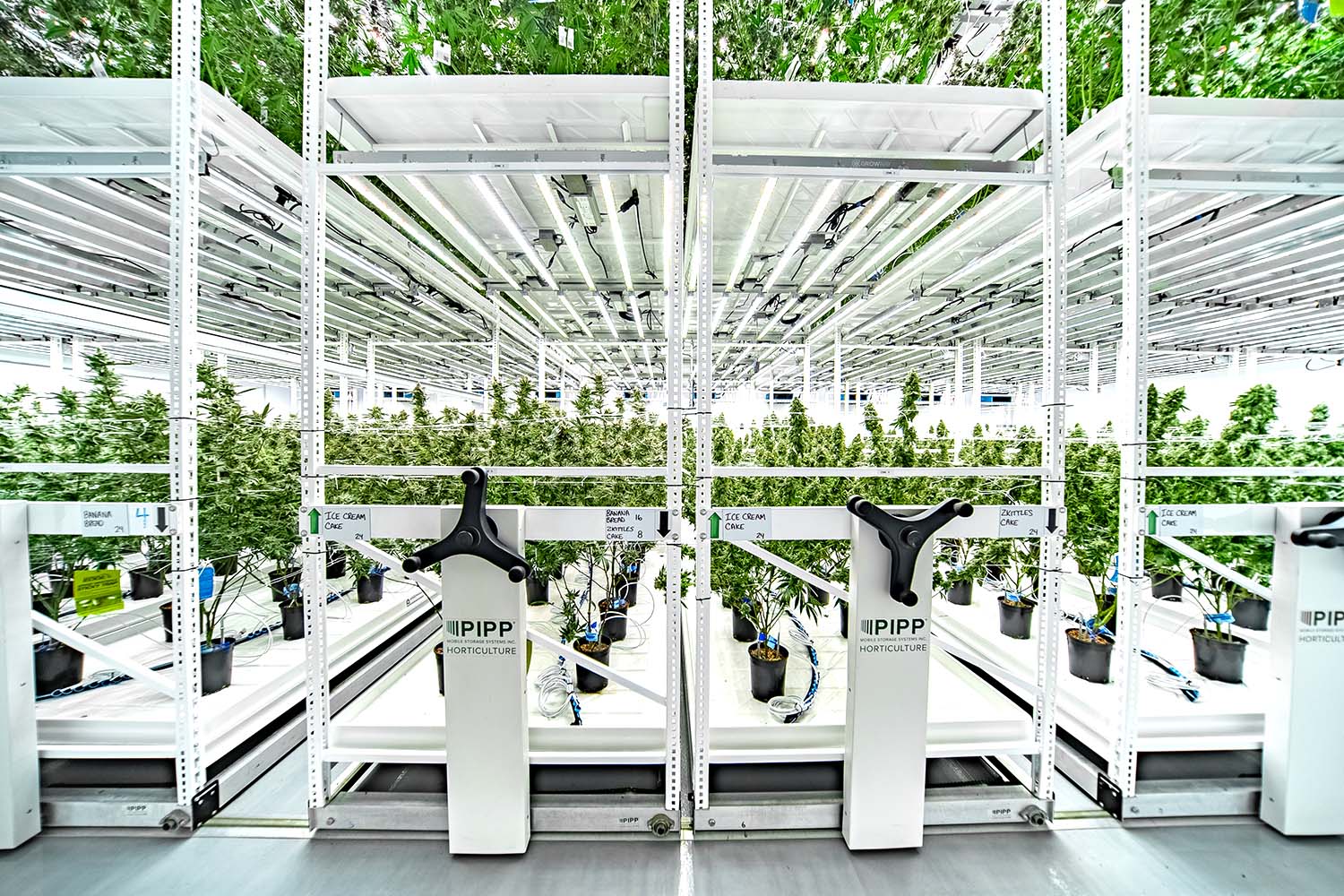


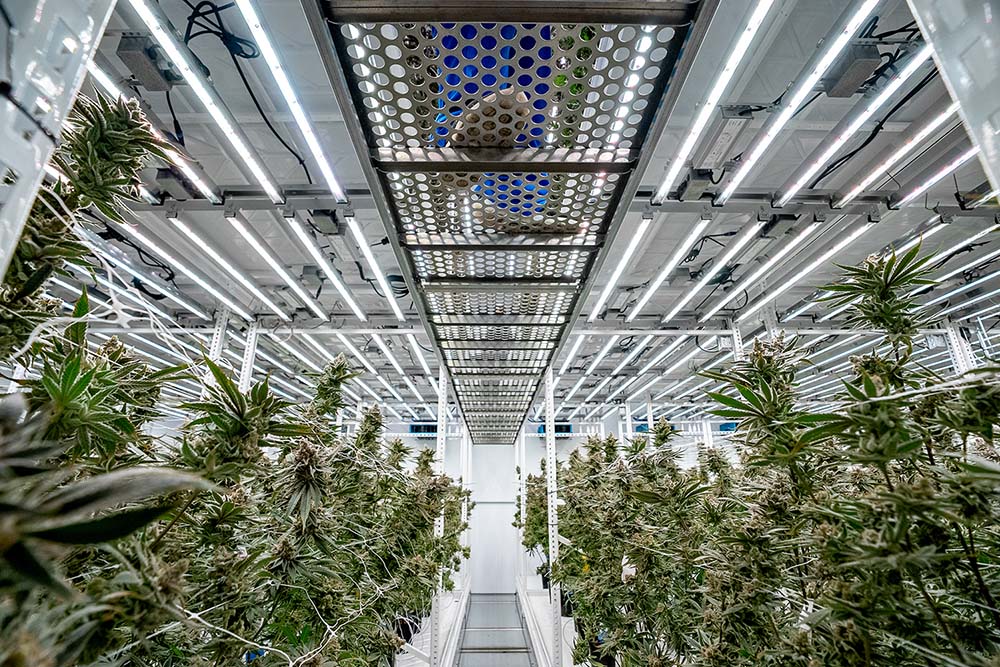
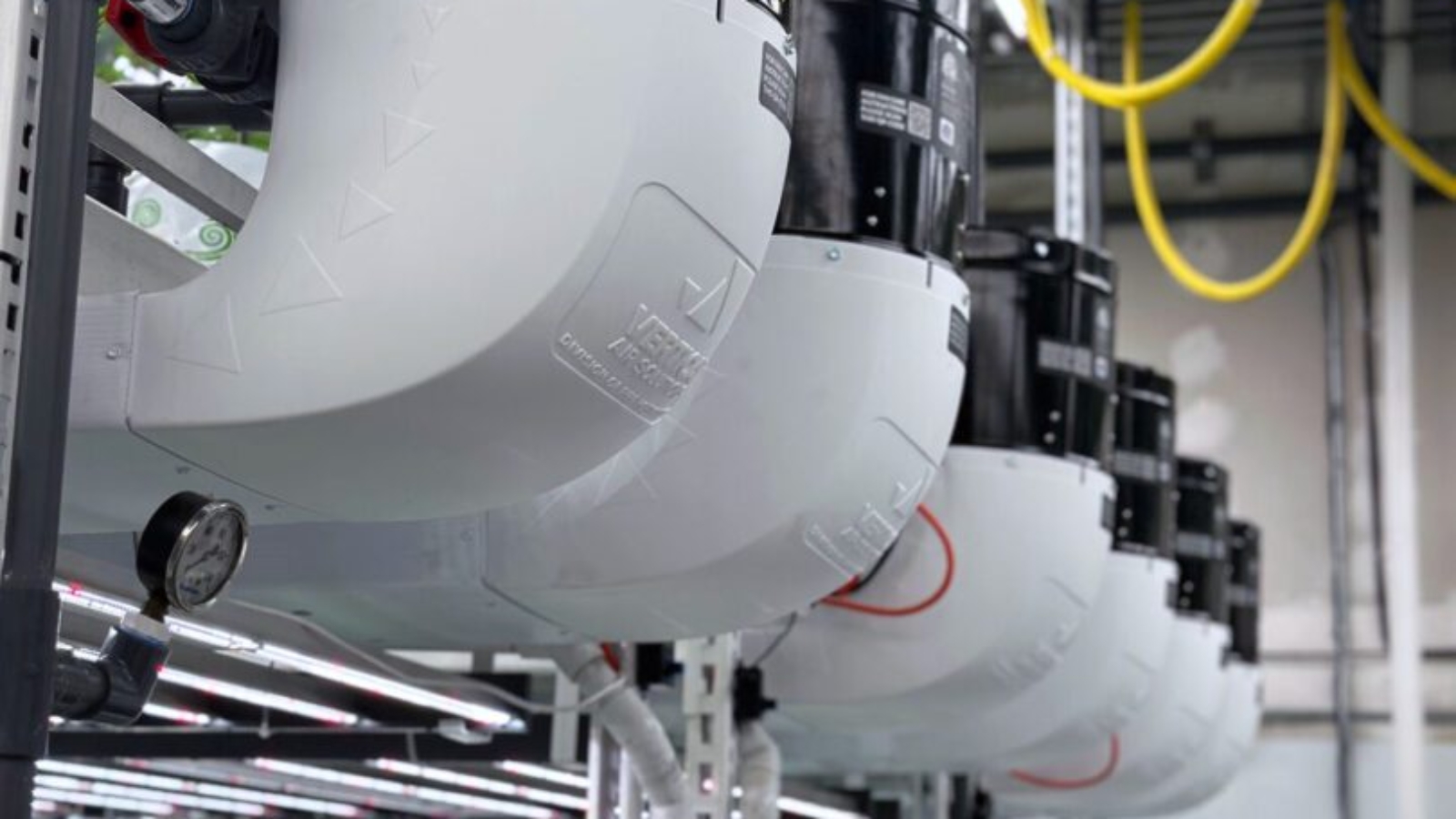
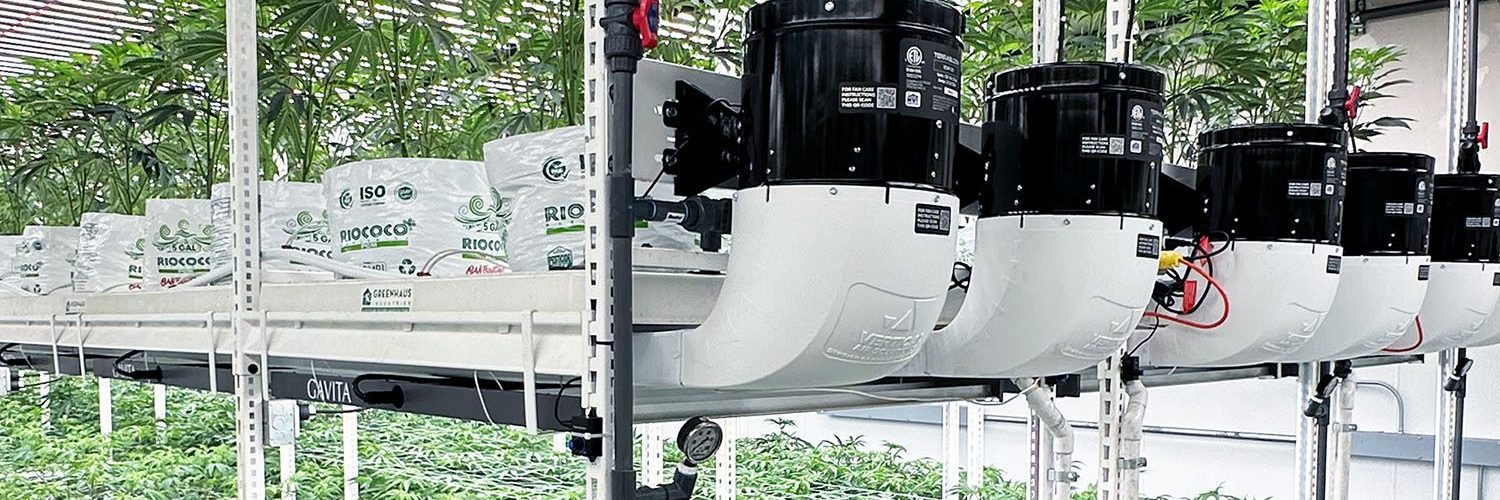
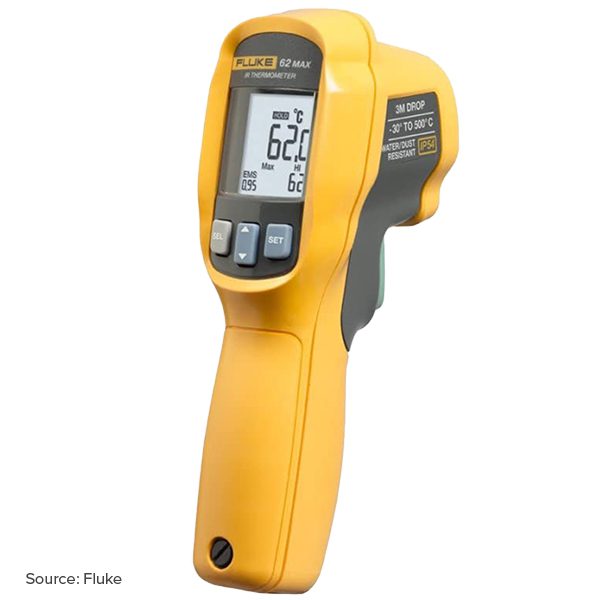

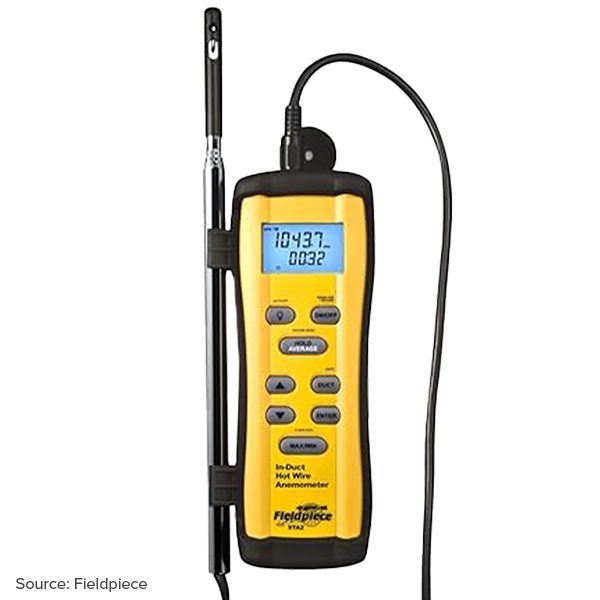
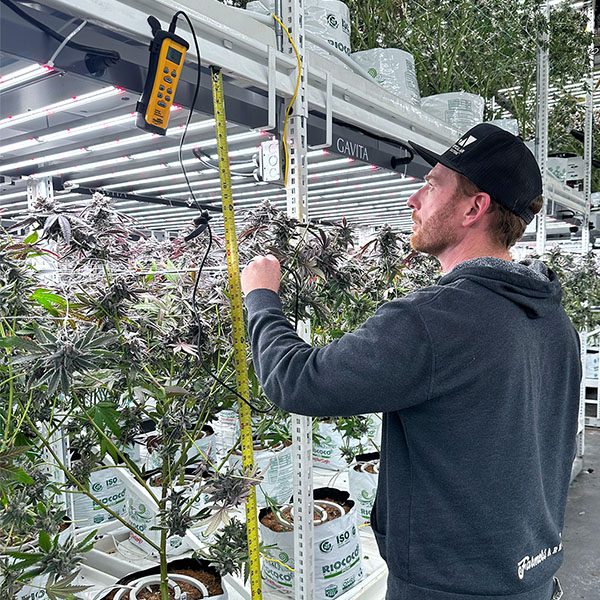
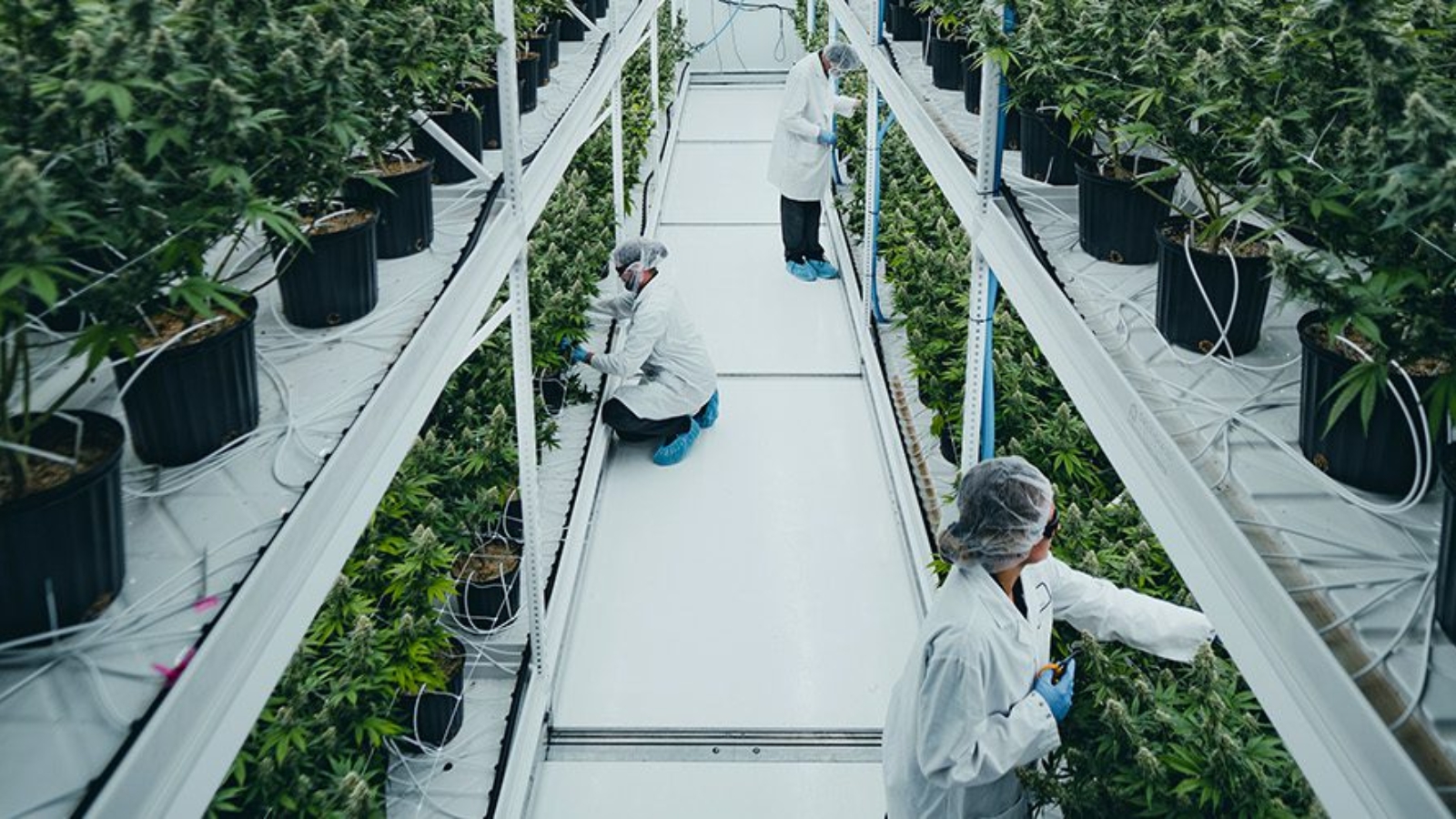
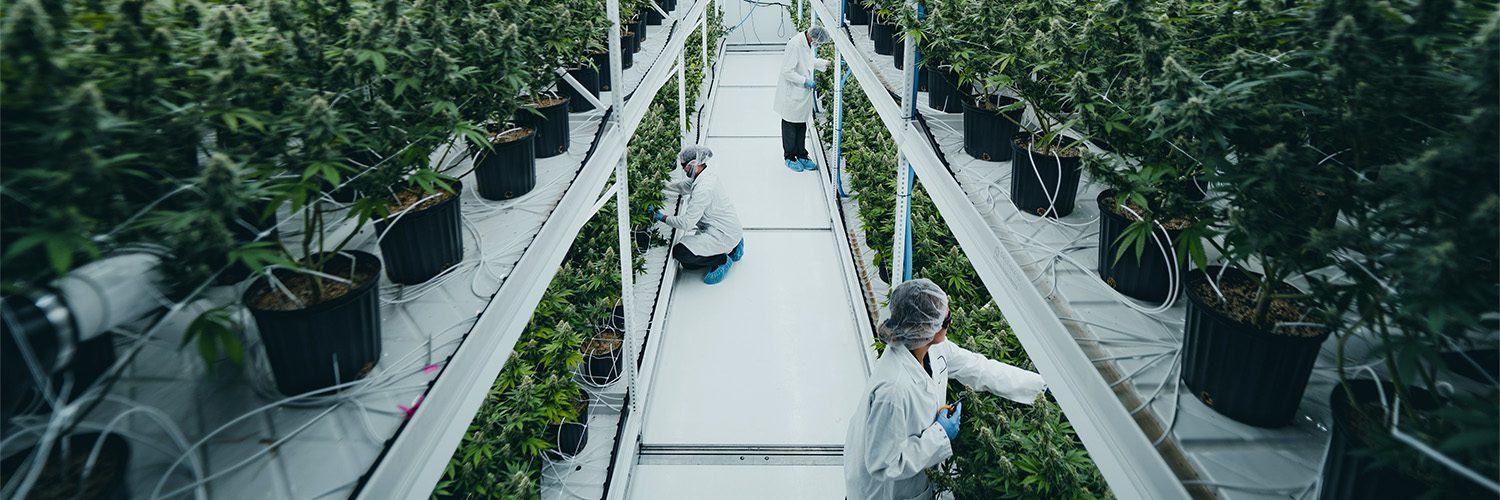

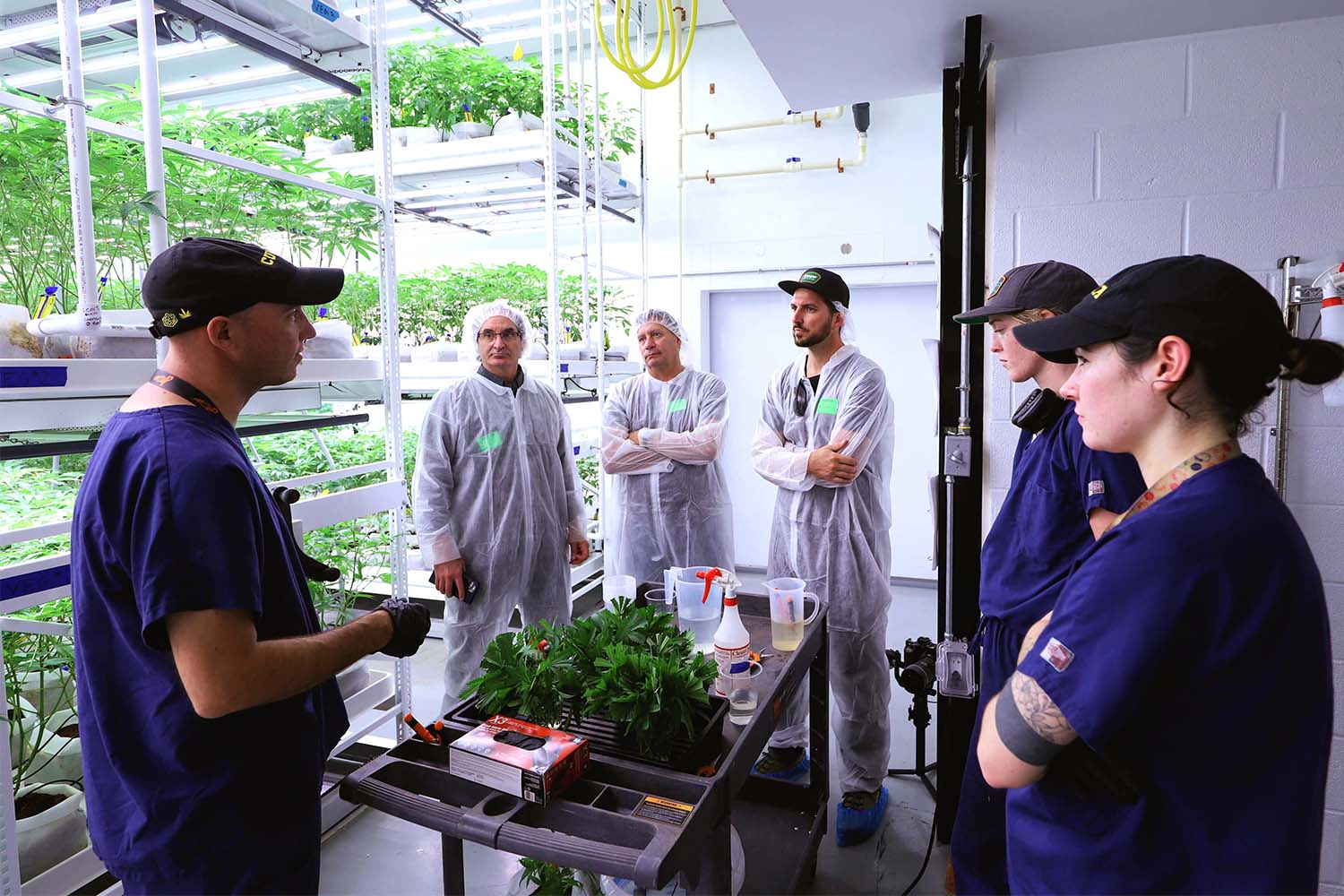
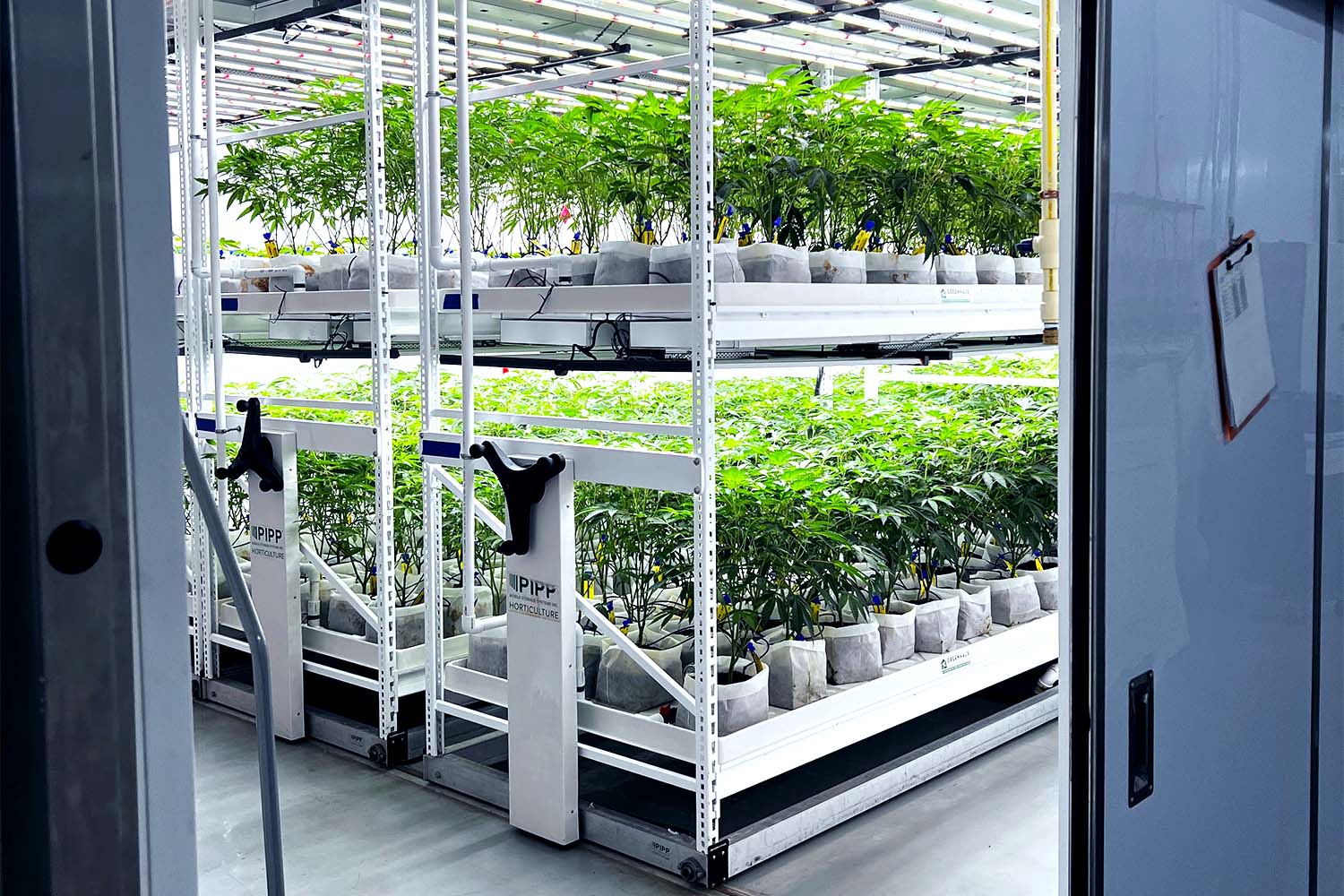
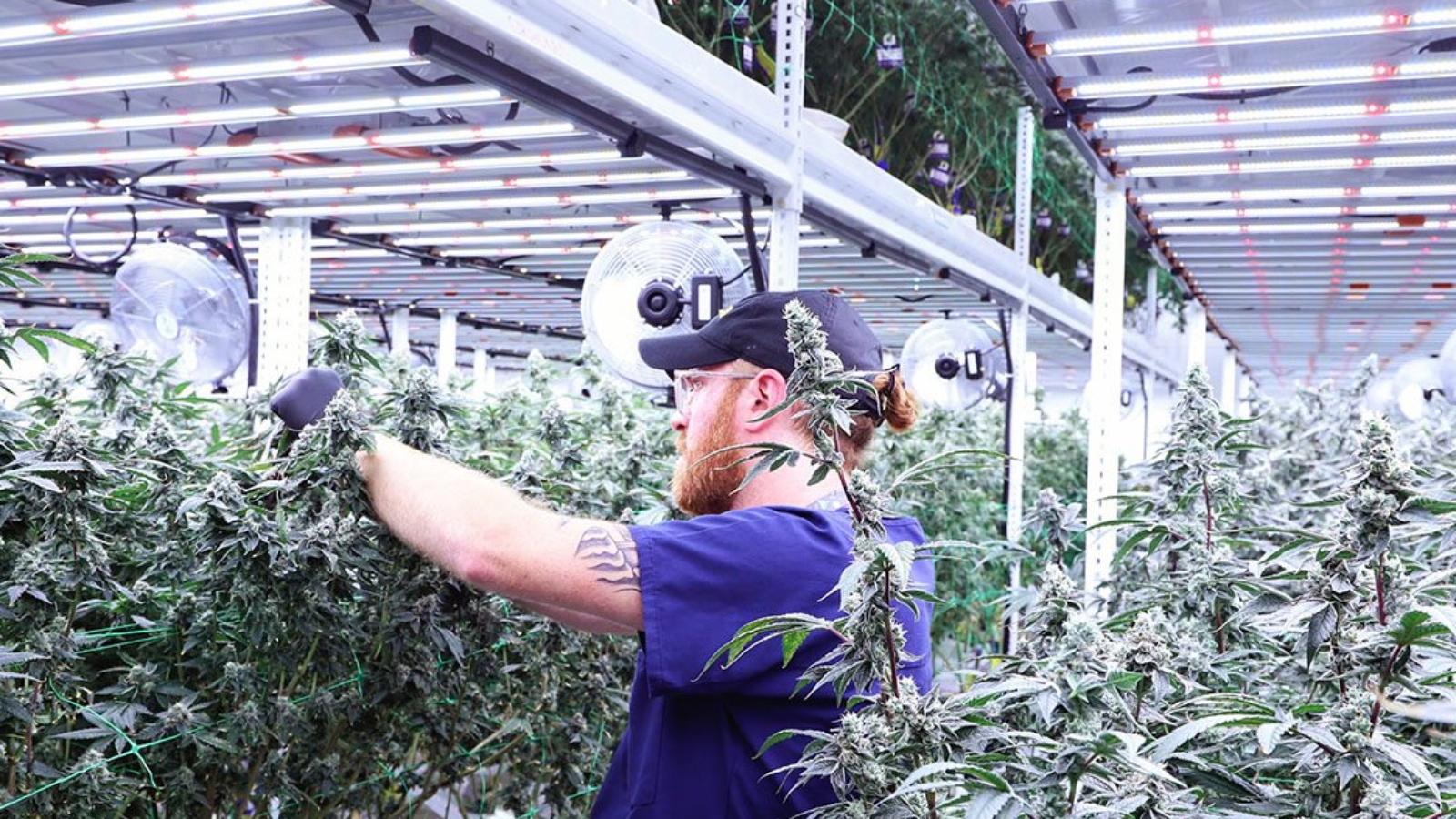
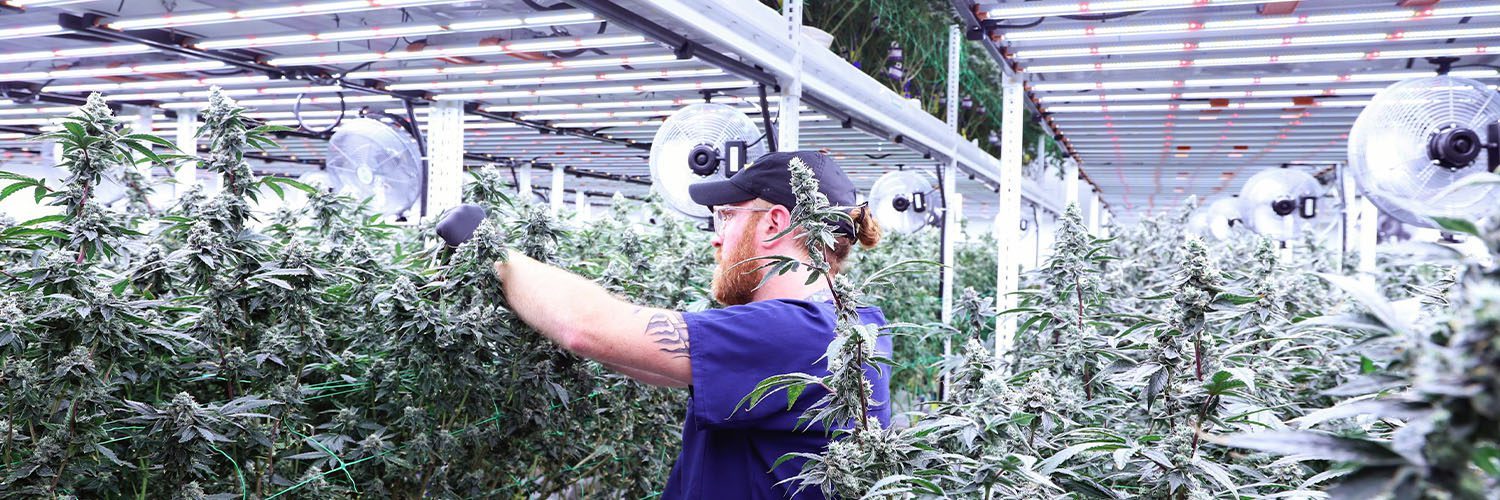
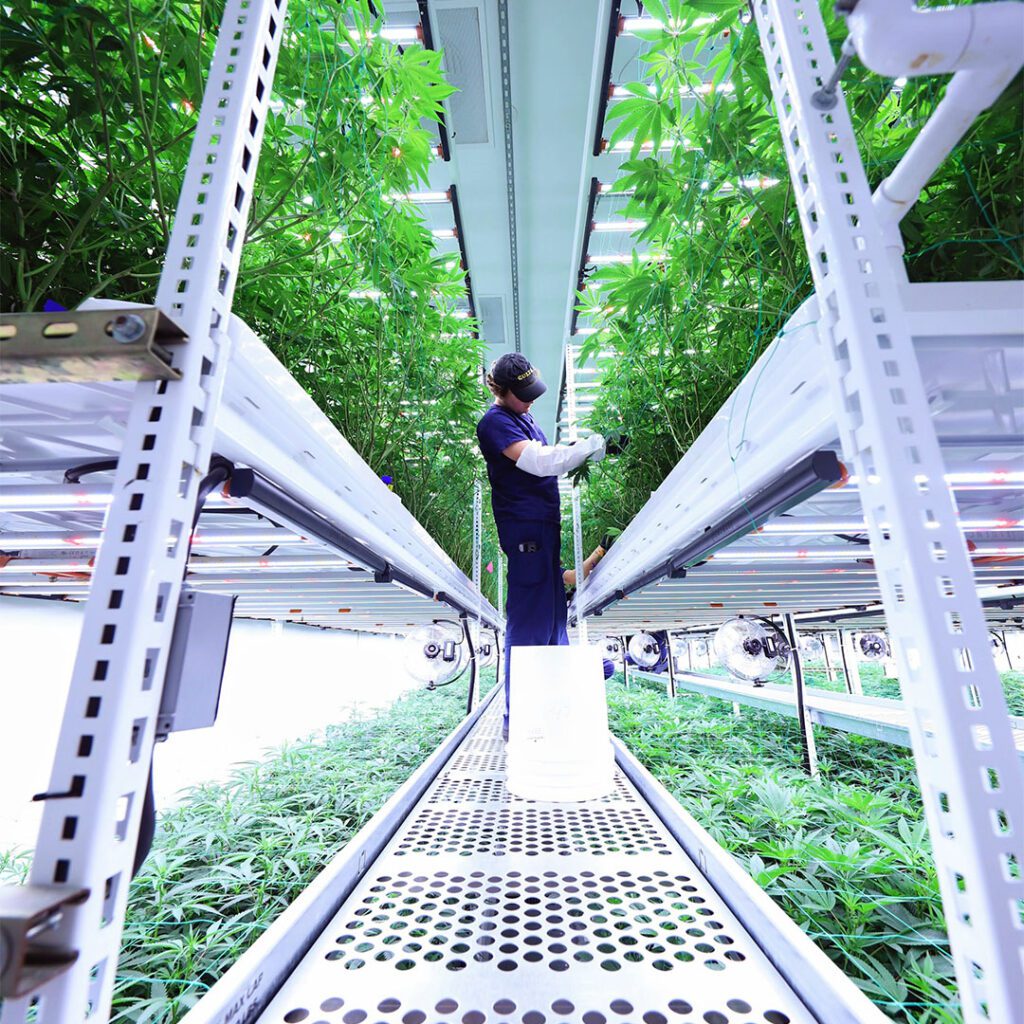 The Inverse Square Law
The Inverse Square Law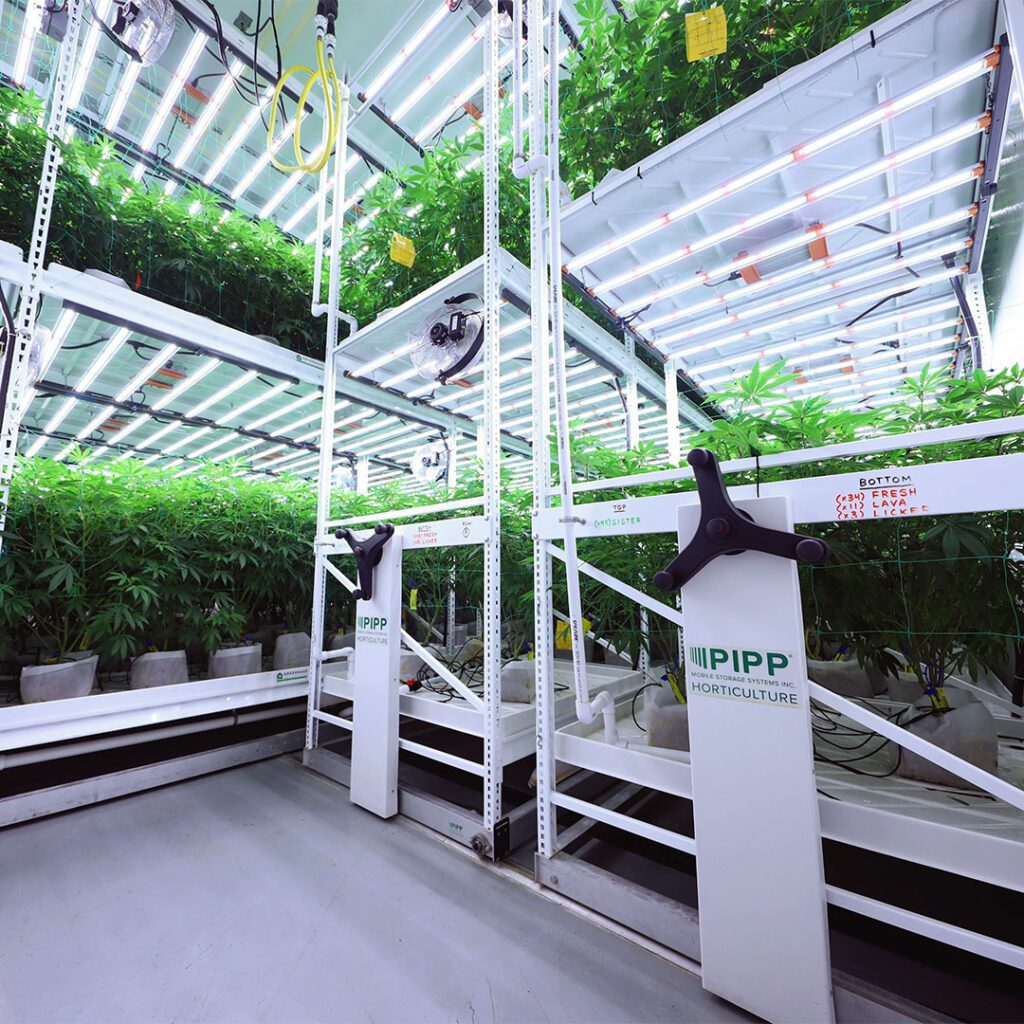 Tailoring Spectra with LEDs
Tailoring Spectra with LEDs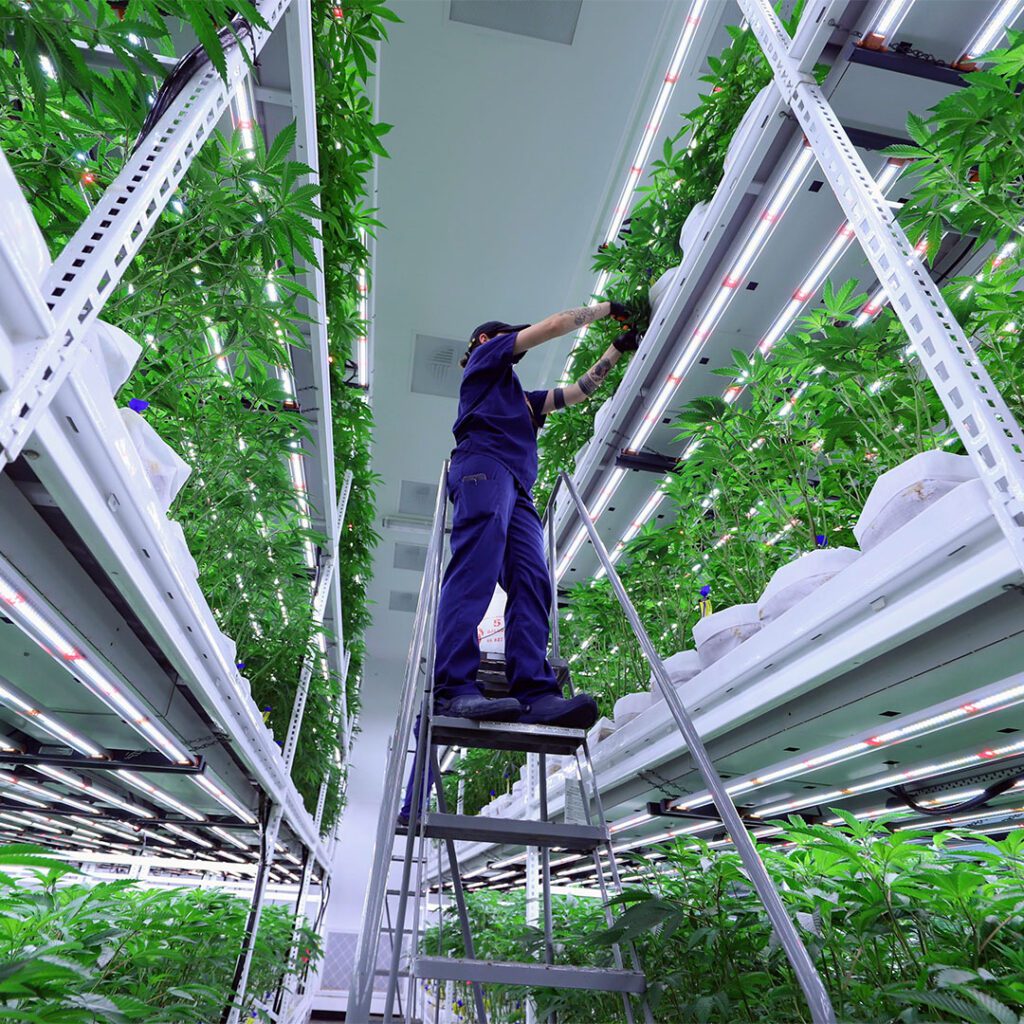 Optimizing Vertical Rack Design
Optimizing Vertical Rack Design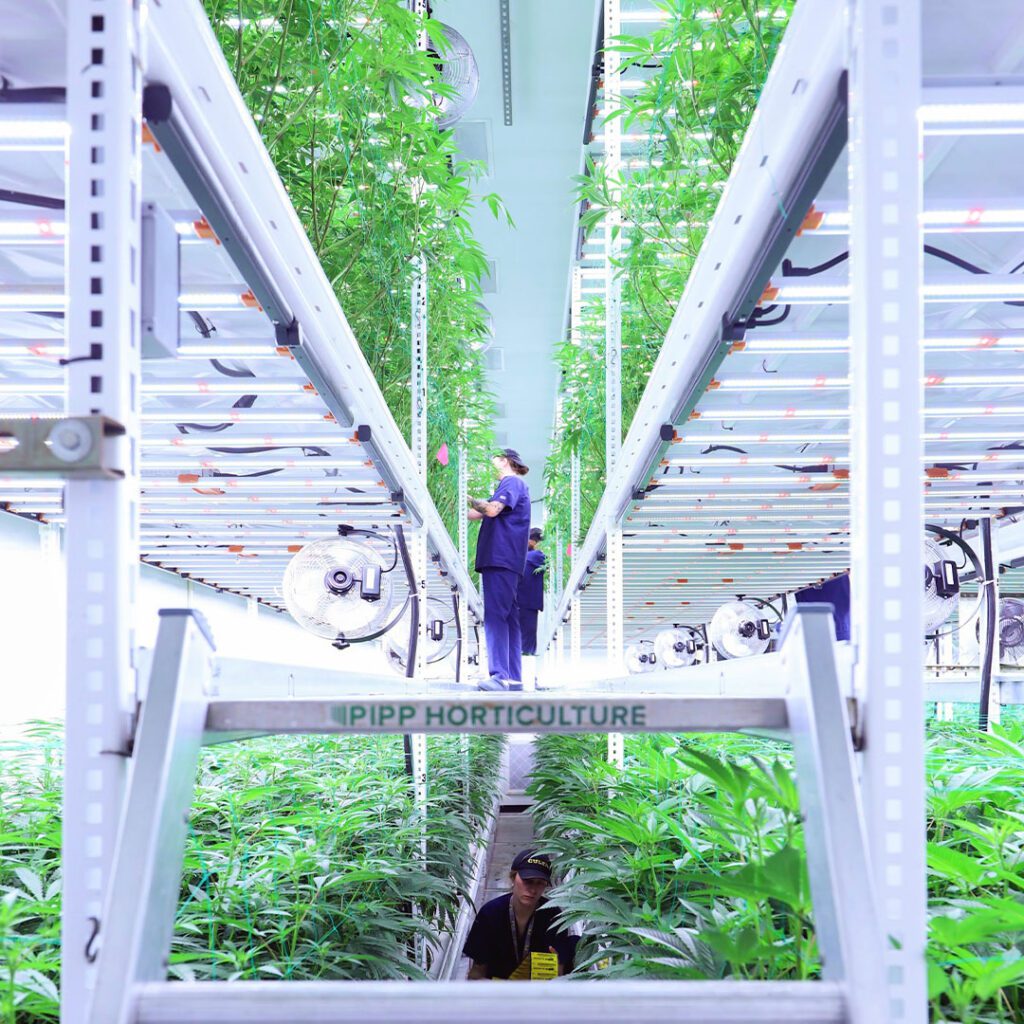 Addressing the Lower Canopy Challenge
Addressing the Lower Canopy Challenge